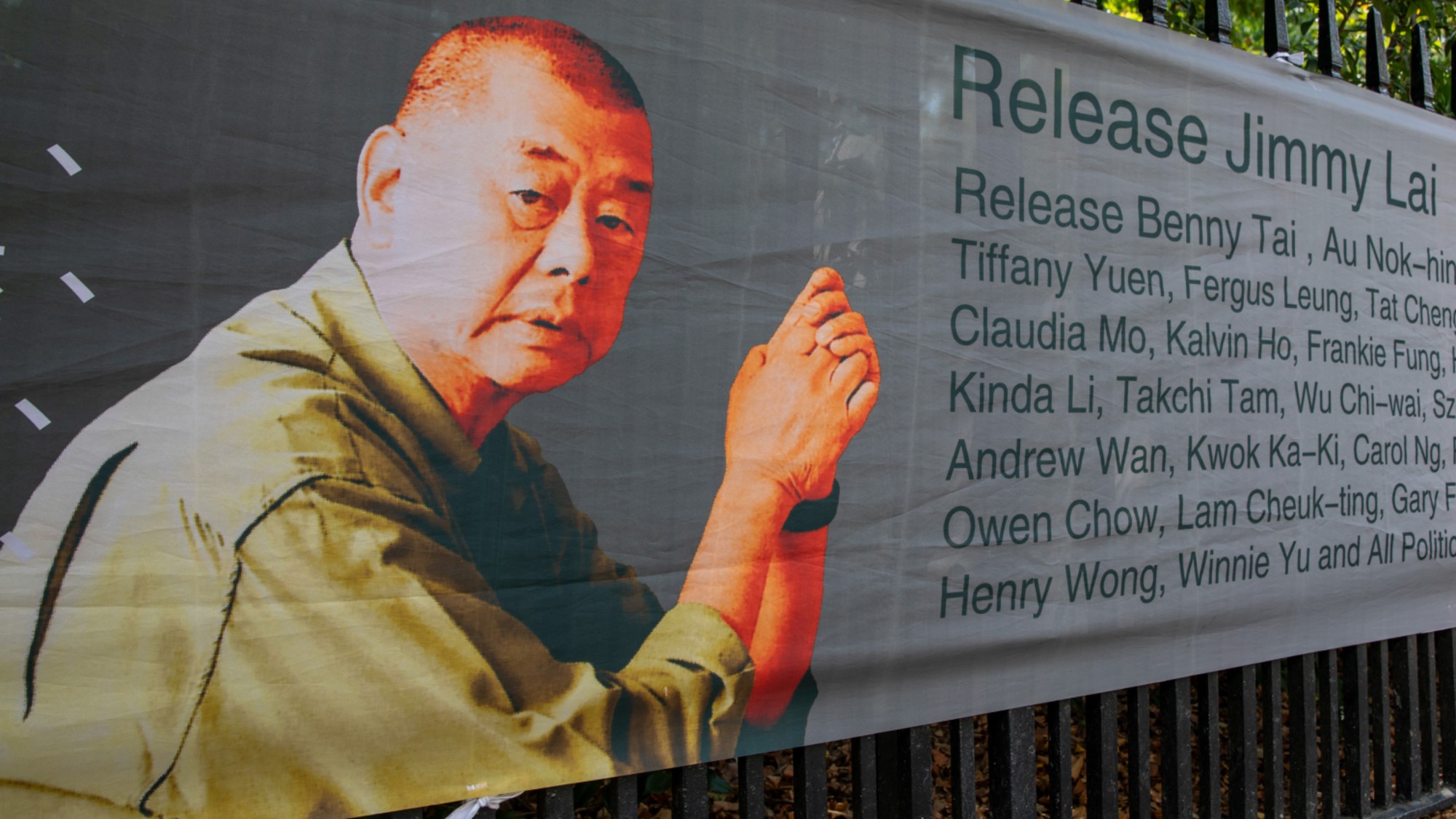Does love hurt more for men?
In an "unexpected plot twist," a new sociology study has found that young men, not women, are most affected by strains in romantic relationships

A new study by two academic sociologists — Robin W. Simon of Wake Forest University and Anne E. Barrett of Florida State — offers new insight into the emotional effects of relationship strife on young singles, and is prompting discussion about the veracity of long-standing gender stereotypes:
What exactly did the study find?
The sociologists surveyed 1,611 single twenty-somethings in the Miami area, and found that the support and strain of a relationship were more likely to affect a man's mental health than a woman's. "It appears that young men benefit more than women from support, and that they are more harmed than women by strain in ongoing romantic relationships," the study reads. For women, what matters most is simply being in a relationship, no matter if it provides more stress than support. "It's a little bit pathetic," says one of the report's authors, Professor Robin W. Simon as quoted in The New York Times. "Even though there’s been so much social change in this area, women's self-worth is still so much tied up with having a boyfriend."
The Week
Escape your echo chamber. Get the facts behind the news, plus analysis from multiple perspectives.

Sign up for The Week's Free Newsletters
From our morning news briefing to a weekly Good News Newsletter, get the best of The Week delivered directly to your inbox.
From our morning news briefing to a weekly Good News Newsletter, get the best of The Week delivered directly to your inbox.
Are there other factors at play?
The authors theorize that women typically have other outlets for emotional support, in the form of close female friendships, while men are more likely to rely solely on a girlfriend.
Are there other theories?
"Men tend to focus more deeply on the here and now," says biological anthropologist Helen Fisher, as quoted in The New York Times. "Women tend to think longer term.” Their biological clocks mean they have time constraints men don't. "A breakup [for women] means the loss of very valuable reproductive time."
A free daily email with the biggest news stories of the day – and the best features from TheWeek.com
Does the study confirm or counter gender stereotypes?
Both. The idea that men suffer more from rocky relationships obviously challenges the conventional wisdom that women are more sensitive and emotionally vulnerable. But it's not exactly a groundbreaking revelation that women are happy just to be in a relationship, says Tracy Clark-Flory in Salon: "That particular piece of fraying cultural furniture has been around for a long, long while."
Sources: The New York Times, Salon (2), Journal of Health and Social Behavior
-
 Who is paying for Europe’s €90bn EU loan?
Who is paying for Europe’s €90bn EU loan?Today’s Big Question Kyiv secures crucial funding but the EU ‘blinked’ at the chance to strike a bold blow against Russia
-
 Quiz of The Week: 13 – 19 December
Quiz of The Week: 13 – 19 DecemberQuiz Have you been paying attention to The Week’s news?
-
 What’s causing the non-fiction slump?
What’s causing the non-fiction slump?In the Spotlight Readers are turning to crime fiction, romantasy and self help books as a form of escapism